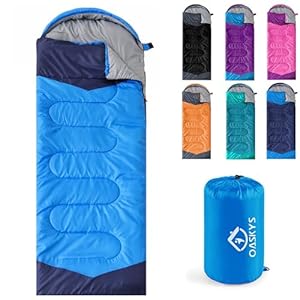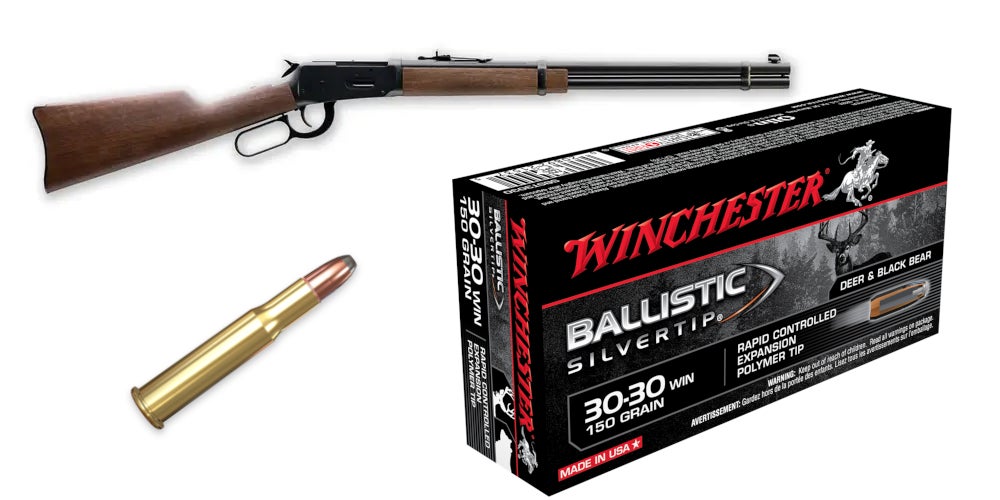

You hear it yearly, particularly as deer season approaches: Is .30-30 Winchester good for deer? After 130 years in enterprise for the .30 WCF cartridge, the reply remains to be sure — and its limitations are nowhere close to as debilitating because the naysayers may need you suppose.
The place Did the .30-30 Come from?
Lots of people name their rifle a thirty-thirty (or durty-thirty, and so forth…) however the identify is correctly utilized to the .30-30 cartridge, aka the .30-30 Winchester, aka the .30 WCF (Winchester Middle Fireplace).
The .30 WCF cartridge debuted in 1895 because the chambering of selection for the Winchester 1894 lever-action rifle. It was one of many first sporting cartridges provided to customers with then-new smokeless gunpowder. So, whereas it may need seemed rather a lot much less spectacular than the big-bore rounds of its day, the .30-cal bullet got here out of the barrel loads sizzling — the primary manufacturing facility load shot a 160-grain bullet at a claimed 1800 FPS (toes per second).
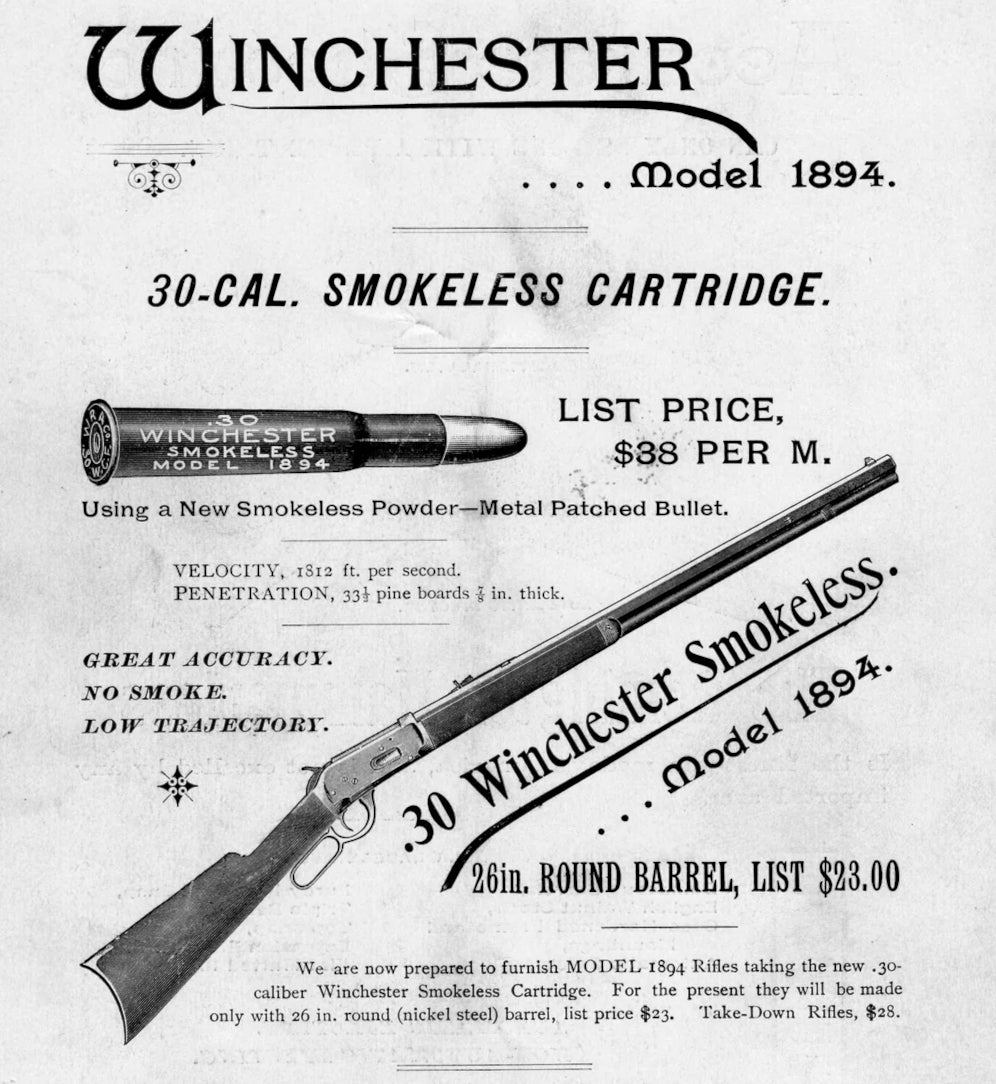
Not so scary by at the moment’s magnum requirements, and even the army rifles of the Eighteen Nineties had extra hitting energy than Winchester’s new spherical, but it surely was much more highly effective than the .44-40 and different cartridges common within the “utility rifles” of these occasions, and different producers moreover Winchester had been fast to see the benefit. Quickly, Marlin and Savage had their lever-actions chambered in .30 WCF — however fairly than promote for his or her competitor, they known as the cartridge “.30-30” (a .30-caliber bullet over 30 grains of smokeless powder) and the identify caught.
Ammo producers in addition to house reloaders rapidly began tinkering with the brand new cartridge’s recipe. Within the many years for the reason that .30-30’s introduction, they mainly by no means stopped. Solely up to now 5 years, since COVID-19’s interruption of provide chains, have we seen an interruption in .30-30’s evolution. From totally different bullet shapes and weights to totally different powders, the sheer variety of .30-30 rifles in the marketplace meant there have been tens of millions of causes to squeeze extra efficiency from this seemingly humble cartridge. Whereas AR platforms rule the gross sales flooring at the moment, rifles chambered in .30-30 had been the highest sellers throughout the U.S. for generations. Tens of millions of these rifles are nonetheless in use within the deer woods at the moment, and so they’re nonetheless being made.
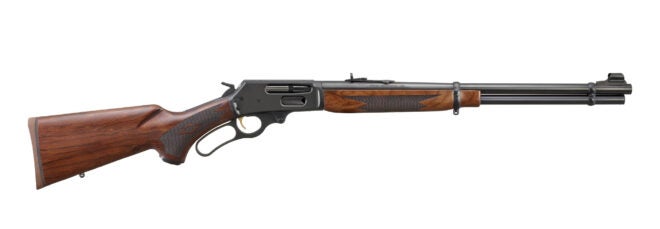
Why the .30-30 is Good for Deer Searching?
Tens of millions of individuals purchased rifles in .30-30 as a result of this cartridge has 4 traits that a whole lot of deer hunters are searching for.
First, it has greater than sufficient energy for deer searching. Pair an ordinary 150-grain or 170-grain flat-nosed .30-30 spherical with a 20-inch lever-action carbine and also you’ve bought round 1,000 foot-pounds of vitality effectively previous 100 yards. Even in at the moment’s world of high-velocity, super-cartridges with scopes that might see throughout an ocean, had been it not for the curvature of the earth — 100 yards is a good distance for the typical shooter with open sights, which is how most .30-30 rifles had been initially used. So long as you may see the deer effectively sufficient to make an correct shot with open sights, the .30-30 has sufficient energy to down it. Add within the functionality of contemporary loadings like Hornady’s LEVERevolution ammunition or different higher-performance developments of the .30-30 cartridge, and also you’ve bought a spherical that performs much better than the masses your grandpa utilized in his previous lever-action.
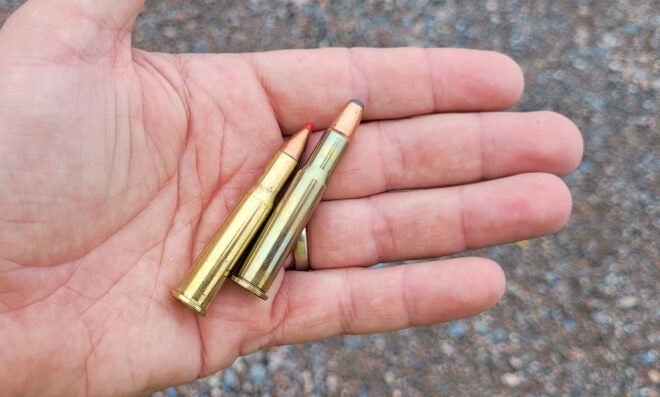
Second, the .30-30 doesn’t have a whole lot of recoil. Some rifle designs kick worse than others; the light-weight Winchester Mannequin 1894, with its straight inventory, will really feel prefer it kicks greater than one of many opponents’ heavier rifles with a pistol grip. However you may anticipate round 10.5 kilos of recoil from most .30-30 rifles, give or take a bit. That’s essential to informal shooters, who aren’t blasting away on the vary each weekend. It is a level that gun writers had been making way back to the Thirties, when evaluating the deer rifles in the marketplace, and nothing has modified since. The .30-30 is pleasant on the shooter’s shoulder.
Third, .30-30 ammunition is reasonably priced. Traditionally talking, the .30-30 was usually the most cost effective deer-hunting ammo you possibly can purchase, and it’s nonetheless usually cheaper to shoot a .30-30 than a .30-06.
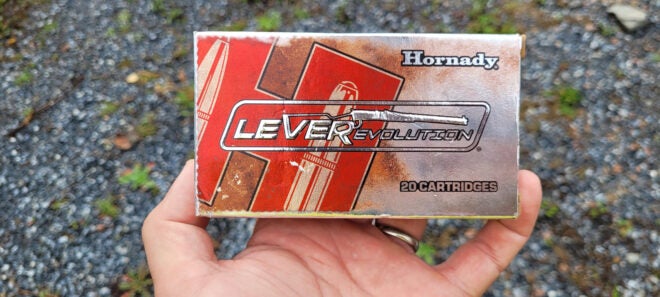
Fourth, rifles chambered in .30-30 are usually made for simple dealing with and fast capturing. Whether or not they’re the well-known lever weapons or less-popular rifles like Savage’s pump-action Mannequin 170 or bolt-action Mannequin 340, most producers constructed .30-30 rifles for woods searching — simple to hold via the timber, fast to the shoulder. Most .30-30 rifles gave the shooter a fast follow-up shot if wanted, and sufficient journal capability to unravel any downside (which is why they had been additionally very fashionable with police departments and jail guards within the years earlier than semi-autos took over).
The .30-30’s Limitations
All of it sounds good, proper? The truth is, whereas the .30-30 is a good cartridge, it’s nonetheless comparatively slow-traveling in comparison with most trendy rounds. Until you purchase LEVERevolution rounds with their polymer tip, all different manufacturing facility .30-30 masses include flat-nosed bullets that make efficiency drop off quickly at ranges previous 150 yards. And whereas most classic .30-30 rifle designs are quick-handling, few of these rifles have the identical status for accuracy as a higher-performance rimless cartridge in a contemporary motion.
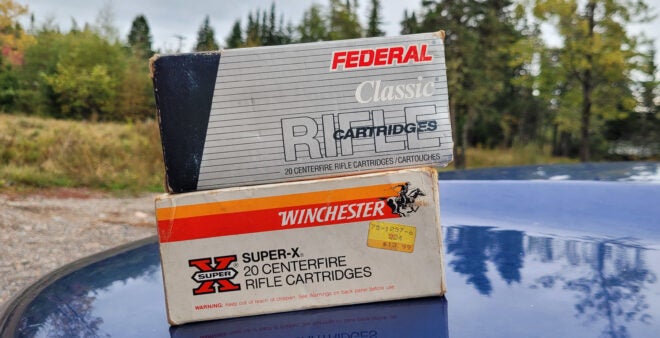
Preferrred Searching Situations for the .30-30
With trendy rifles and higher-performance cartridges, the .30-30 is a extra logical selection for wide-open areas, and most trendy hunters would favor to make use of a .30-30 when searching at ranges below 150 yards (suppose forest searching, not mountain searching). The .30-30 is the right cartridge for strolling via late-season hardwoods. If you happen to load up with stout 170-grain bullets, a fast-shooting lever-action in .30-30 also can make an amazing gun for capturing hogs on the run, or different situations the place you will need to hearth at transferring sport, particularly if you happen to stay in an space the place you may’t hunt massive sport with a semi-auto (cough cough, Pennsylvania).
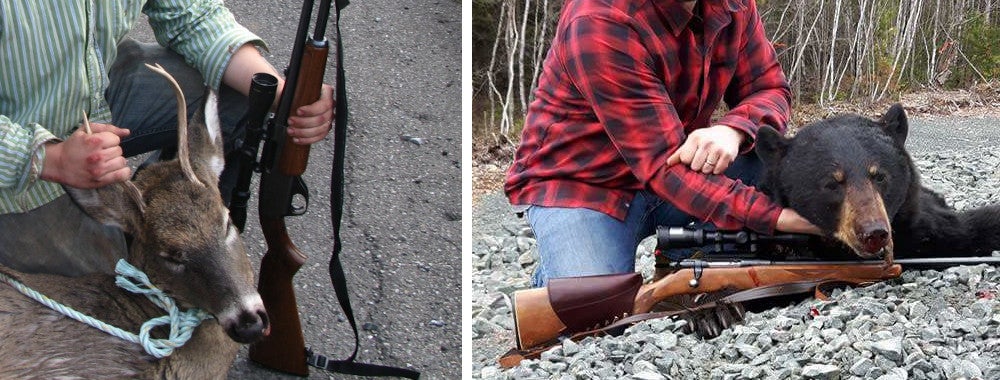
The .30-30’s Competitors
The .35 Remington was the best competitor to the .30-30, traditionally, however since Marlin was offered to Ruger, we haven’t seen new-production weapons in that spherical. The .35 Rem hits a bit tougher, because of its heavier bullets, but it surely’s tougher to search out that ammo and the rounds are costlier if you discover them.
Lately, with straight-wall cartridges making a comeback, we see a resurgence in curiosity in cowboy-style lever weapons chambered in rounds like .454 Casull or .44 Magnum. These big-bore cartridges will hit as laborious because the .30-30 up shut, when fired from a rifle, however the .30-30 will outpace them as the space will get previous 75 yards.

Shooters searching for a rifle that’s equally easy-to-shoot because the .30-30, and chambered in an equally user-friendly rifle, might think about a lever-action Browning BLR or Henry Lengthy Ranger in .243 Win. In the event that they’re searching for a spherical that’s roughly just like the .30-30’s ballistics and nonetheless reasonably priced to shoot, they might think about one thing like a Ruger Mini-30 in 7.62x39mm.
The best competitors to the .30-30 isn’t a deer cartridge in any respect — or not less than, most individuals wouldn’t think about it such. Contemplating the tens of millions of rifles offered in .223 Rem over the previous many years, it’s no surprise that the .223 Rem is beginning to see the identical evolution because the .30-30 did, with producers constructing higher and higher searching rounds for the small-bore spherical. Going ahead, the largest competitors to the .30-30 is perhaps a semi-auto .223 Rem full of 62-grain Federal Fusion, or an identical load.
Must you take a .30-30 Deer Searching, then?
The reply is: sure. If you happen to personal a rifle in .30-30, go get your deer — simply be sure to know your rifle’s limitations (and the restrictions of your individual marksmanship) earlier than heading afield. The .30-30 has been flattening deer for effectively over a century; it’ll proceed to do its job so long as the shooter does theirs.
Trending Merchandise









